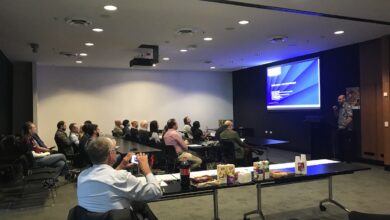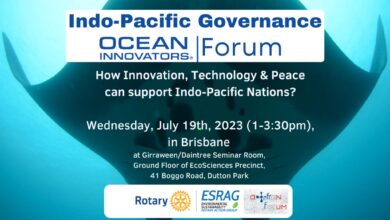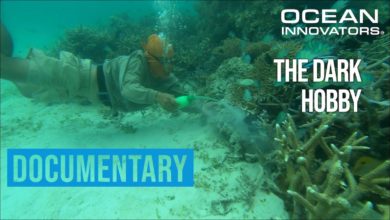- What it does
- How it works
- Current state and future of the project
- Useful resources
It is one of many actions over her long impressive carrier that Sylvia Earle has embarked on. The project, Mission Blue, was created in 2009 years before the 2015 UN Goals. Growing in scale, the project has turned in a non-profit with a purpose “to build a global coalition to improve ocean protection measures and restore the health of the ocean”.

What Mission Blue does
Mission Blue focuses on Hope Spots —special ocean zones that are critical to the health of the ocean — with the vision to increase marine protected areas. Thanks to social media and digital channels, they help Hope Spots worldwide to get exposure, bringing economic benefits from sustainable tourism and empowering local communities to act for the ocean. They particularly focus on zones, large or small, beyond current marine protected areas, but not strictly, as some need more protection. The purpose is to mobilise the local community to manage their marine areas and bring new economy from sustainable tourism as an aftereffect.
How it works
As explained on Mission Blue’s website, “the idea is that anyone can nominate a site special to him or her—a site that gives HOPE”. Mission Blue
As the collectivity of Hope Spots increase, so does the global awareness around the topic of marine protection to fight dead zone, coral reefs bleaching and unsustainable use of marine resources, including overfishing and unsustainable tourism.
To elect a Hope Spot, the following requirement are needed:- A special abundance or diversity of species, unusual or representative species, habitats or ecosystems
- Particular populations of rare, threatened or endemic species
- A site with potential to reverse damage from negative human impacts
- The presence of natural processes such as major migration corridors or spawning grounds
- Significant historical, cultural or spiritual values
- Particular economic importance to the community
Current state and future of the project
The Hope Spots international campaign has taken a new turn in 2014, with the documentary Mission Blue (available on Netflix) to increase awareness around the project. Their objectives embrace SDG14, but despite grand gesture such as the 2016 expansion of Papahānaumokuākea Marine National Monument made by Obama, the target of 10 per cent of coastal and marine areas protection has not been reached and policies around marine protection are still poor.
A little under 8% of the oceans are protected area as of today, so there is still 2% to go to reach the UN goal. Hope Spots are about recognising, empowering and supporting individuals and communities around the world in their efforts to protect the ocean. By taking action now and raising awareness of the richness of a site or its potential to recovery with Mission Blue the target can still be reached.
Useful resources:
- To learn more, find the list of the current hope spots and propose your own, visit: https://mission-blue.org/hope-spots/
- Question on Hope spots: FAQs: https://mission-blue.org/hope-spots-faqs/
- Donate: https://mission-blue.networkforgood.com/projects/66908-2019-donation-drive
- TED TALK: https://www.youtube.com/watch?v=43DuLcBFxoY
- UN inclusion of Mission Blue: https://oceanconference.un.org/commitments/?id=16625







